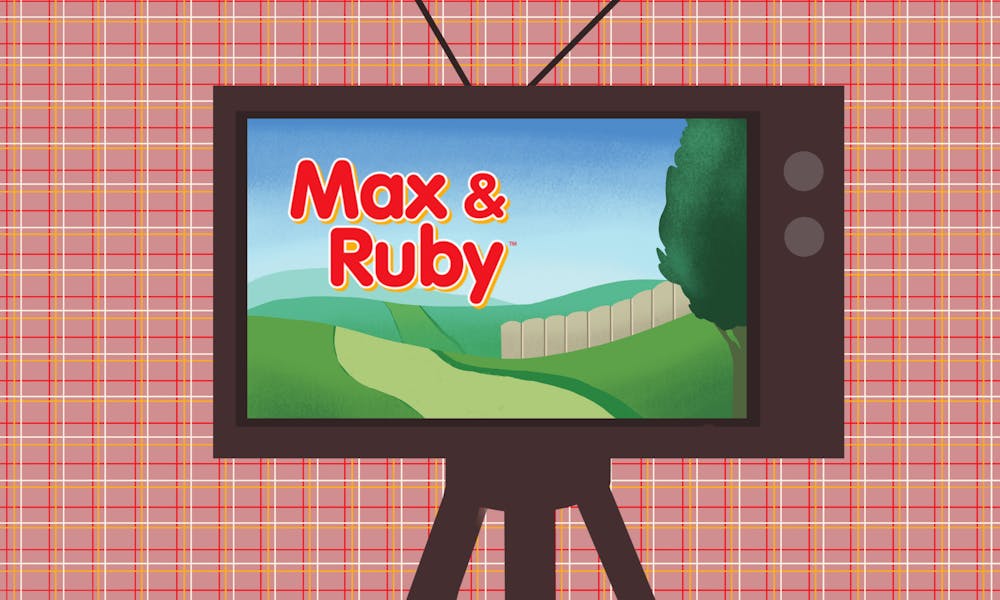It’s May of 2020, and I, like the rest of the country, am crying over Avatar: The Last Airbender (ATLA). For many, ATLA’s newfound popularity is fueled by nostalgia, long–standing relationships to the show's characters, and memories of a less complicated childhood. But since I've never seen the show before, I interpret the hype differently. I see it as people finally recognizing what I’ve believed for a long time: Cartoons can be good.
My love of cartoons started at a young age but was cemented in middle school, when I started watching the revival of Teenage Mutant Ninja Turtles. The show has the hallmarks of an adult drama: multigenerational plotlines, antiheroes, and character growth across seasons. It addresses tolerance and trauma, and it taught me both empathy and strength. From there, I dove into the comics and older shows, as well as more 'adult' franchises like Doctor Who and Star Wars. But I never left the turtles behind; they were just as good as the new shows I was watching. At the time, I identified with Donatello, the 'smart' character. Looking back, I also see myself in Leonardo, the self–sacrificing and protective eldest sibling who struggles to forge his own identity outside the idea of being a leader. I see my quarantine self in Twilight Sparkle, a bookish girl tempted by hermitdom, when I watch My Little Pony: Friendship is Magic with my young cousin. The fact that I can identify with these characters now is a testament to how well they’re written.
Over time, I’ve also become interested in the psychological and developmental importance of cartoons for children. Weekly cartoons are some of the first pieces of media we see as kids with an overarching plot, deeper story beats, and character growth. They teach temporality, social skills, and kindness. The Sinnoh region episodes of Pokémon were the first time I remember understanding continuity—caring about what happened in the next episode. I also had a lot of cognitive breakthroughs from watching Pokémon, like understanding how others have their own thoughts and motivations, and that they can be affected by events I don’t see.
Cartoons helped me learn how to socialize, accept others’ differences, and stand up for myself when I was younger. Many of us were inspired to take action or challenge bullies as children because our favorite characters were able to do so. When I consume children’s media, I do so through a lens of questioning how children would be impacted by it—what young women learn from the girls they do (or don’t) see on screen, and how the friendships and relationships within these shows are often our first proxies for the real thing. The increased diverse, queer, and healthy representation in contemporary cartoons makes me happy for children growing up with it—and also for me, watching it now.
I don’t hear many people mention that adults—beyond cartoon 'geeks' like me—can like children’s media. Liking cartoons as an adult is seen as immature. But cartoons, especially the ones being written now, have more depth than they often get credit for. When sexual intrigue and romantic drama are removed, characters have more interesting motivations for their quests, betrayals, and eleventh–hour changes of heart. Character growth is supported by friendships, family, and other platonic ties that adult media frequently place secondary to romance. I’m bored of every TV character fighting with friends and being in agonizing on–again, off–again relationships. Show me more nontraditional love, like the bond between the Pines twins and eccentric shop–owner Grunkle Stan in Gravity Falls.
On top of that, children's shows often have big–picture plots that aren't superficial or immature at all. Take ATLA as an example: The show captured so many new viewers because it discusses genocide, imperialism, parental abuse, grief and loss, children of war, prejudice, and other significant themes. The evolution of Zuko and Azula is one of the most emotionally wrought and well–executed character arcs I’ve ever seen. However, it’s still a show for kids. Some of its monsters are creepy, but the show represents these ideas in a way that tries to be kind to its viewers. It communicates conflict without gore and philosophy without pretension, something that even many adult shows struggle to do.
It’s refreshing to be able to watch a deep, thoughtful show without getting anxiety. Oftentimes, the shows that are most committed to exploring the human condition leave me feeling on edge or filled with intrusive thoughts. I can think of countless brilliant, important adult plays that I’ve watched with my heart in my throat. Consuming dark or intense media content is moralized at times—like how sitting through the sickening scenes in The Handmaid’s Tale can be seen as a feminist act. But I see nothing wrong with not wanting to experience that kind of pain to learn and grow. I see nothing wrong with wanting to watch a show that I know won’t fill me with dread and distress.
Adults aren't the primary audience of children’s media, but that doesn’t mean we can't be one part of the audience. Many animation writers know that parents watch their shows over the shoulders of their children. In a way, kids’ shows are written for adults.
The rising popularity of cartoons makes me happy both for children who get more diverse media options and for adults who get to indulge in this genre for the first time. It might seem childish, but I think we could all do with a little more childhood right now. Catch me in the fall with my hot cider rewatching Over the Garden Wall.

